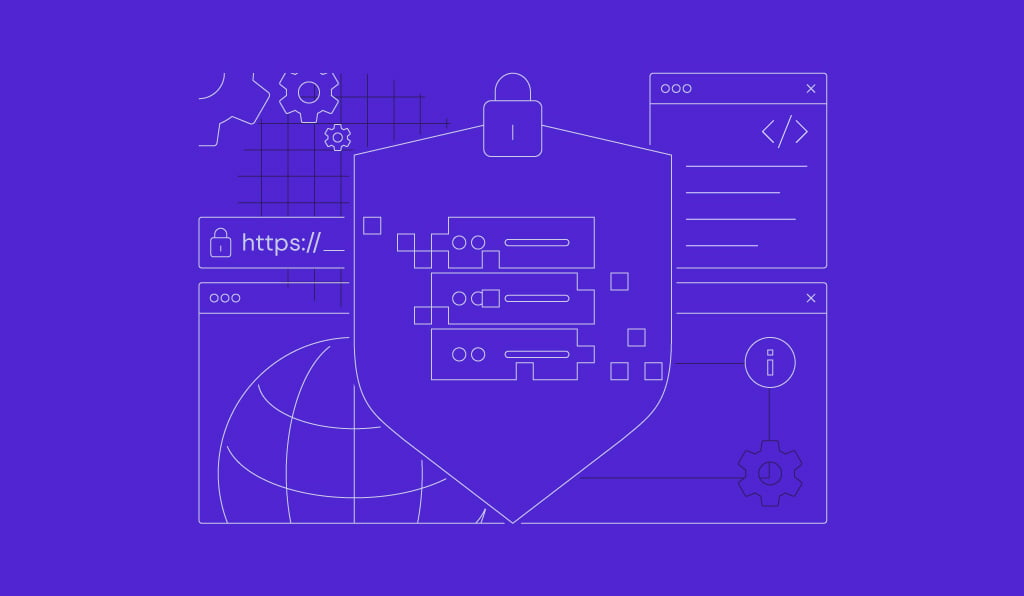All Hostinger Tutorials
Learn more about web hosting, VPS, domain names, SSL, and more with our newest releases.
How to Configure an NGINX Reverse Proxy in 2025
NGINX is a high-performance web server widely recognized for its stability, rich features, and low resource consumption. As a reverse proxy, it acts...
6 methods to fix “This site can’t provide a secure connection” error
This error is often challenging to identify. Its causes may vary, from Secure Sockets Layer (SSL) misconfiguration to incorrect date and time...
16 Fastest WordPress Themes to Improve Website SEO in 2025
There are many great WordPress themes available to help you create a beautiful and well-functioning website. From free simplistic themes to expensive...
How to Set Up Email on iPhone in 2025: Adding Another Email Account to the Mail App
Adding your email to the iPhone’s Mail app keeps you connected and organized. It’s convenient for managing emails anywhere,...
How to Check Disk Space Usage in Linux
In Linux, monitoring disk space is crucial for maintaining system performance and preventing insufficient storage issues, such as system crashes, data...
CSS Cheat Sheet – The Complete PDF for Beginners and Professionals
CSS is a website design language that you can use to add background, colors, and even transitions or other interactive elements. It will also assist...
How to Use PHP to Insert Data Into MySQL Database
Managing data within a MySQL database is crucial for web applications and websites. While there are several methods available, one powerful approach...
How to Install Composer for Linux, Mac, and Windows + Best Practices
Composer is a dependency manager made for the PHP programming language. It allows users to easily manage and integrate external dependencies and...
What is a domain name? A beginner’s guide
A domain name is the site address you enter in your browser to reach a specific webpage. It generally combines the website or business name with a...







